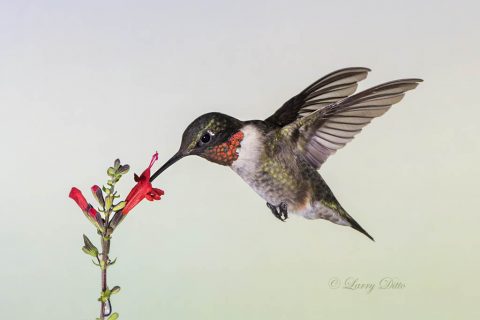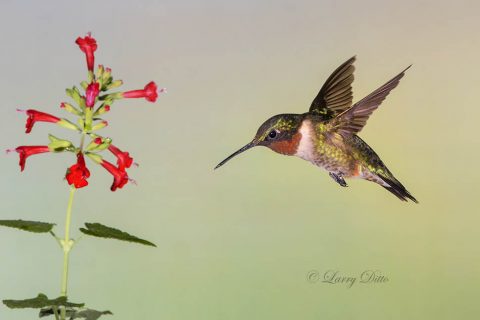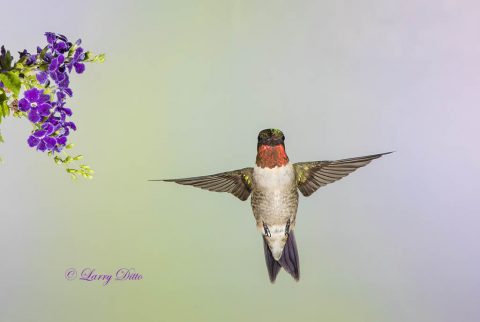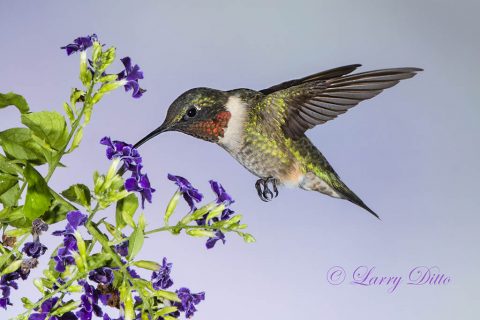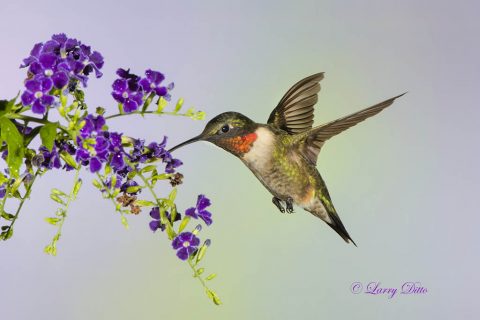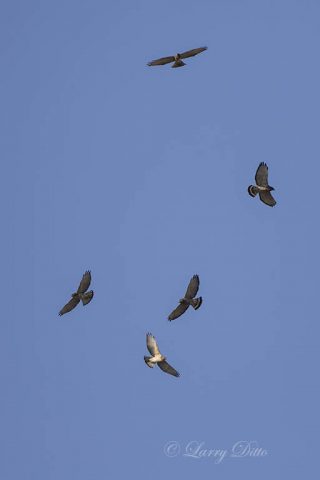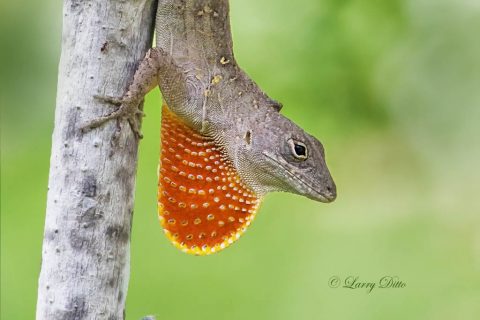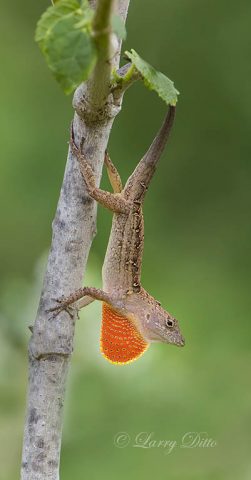While organizing photo files last week, I came across a number of shots from a morning trip last spring to South Padre Island (SPI), Texas. They reminded me that being on SPI in late April, rubbing elbows with dozens of other photographers is always a special event. On this day, every clump of trees was teeming with colorful, migrating songbirds. Maybe the best part of this trip was that I didn’t have to spend hours crouched in a photo blind or arranging perches and water drips to attract the birds… I just parked the car, grabbed the camera and start shooting.
These photos were taken in one morning on the grounds at SPI’s Convention Center.
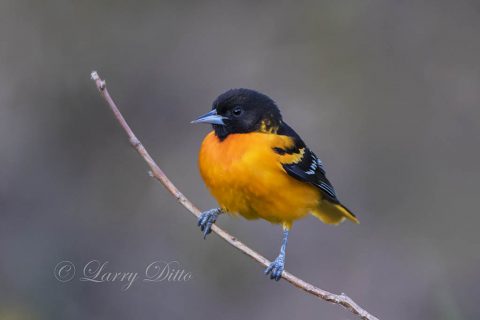
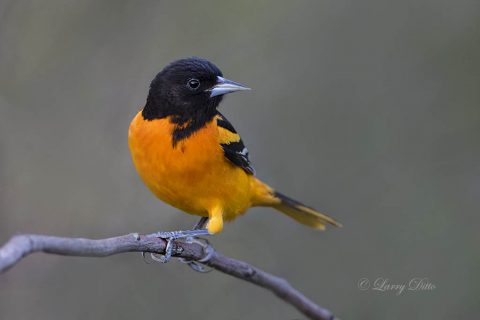
On this day, a large number of Baltimore Orioles had just arrived. Most were searching for food and water and didn’t pay much attention to the photographers.
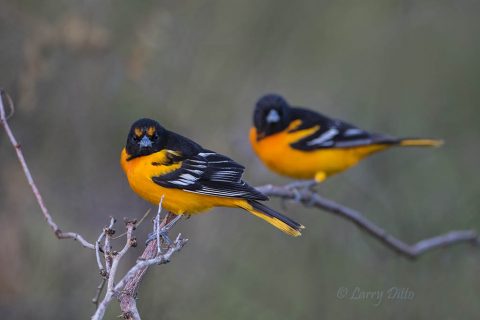
Getting into position for a photo that offers a clean background and reasonably good lighting can be a photographer’s greatest challenge.
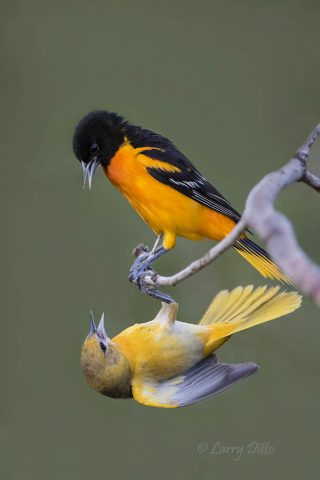
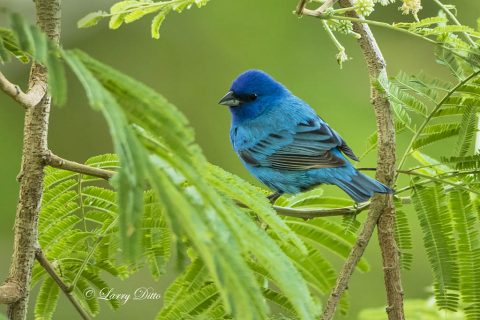
First time visitors are always shocked at the variety and color of all those warblers, buntings, grosbeaks, tanagers, etc. crammed into a small woodlot.
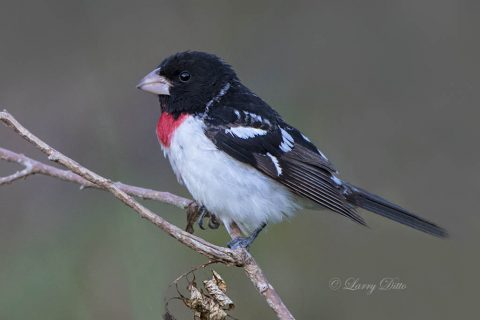
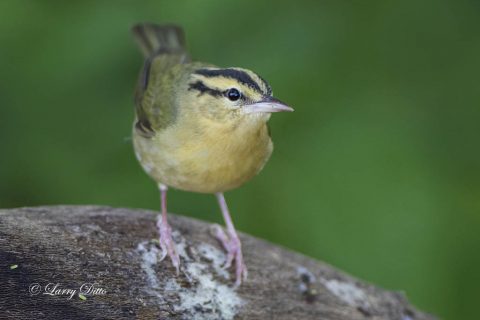
Some of the birds like this Worm Eating Warbler are unusual finds and they aren’t much for posing. Photographers have to spot, focus and shoot quickly or the opportunity will be gone.
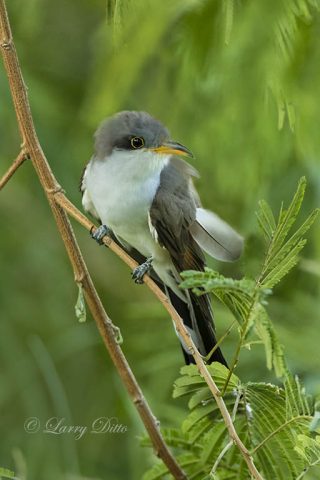
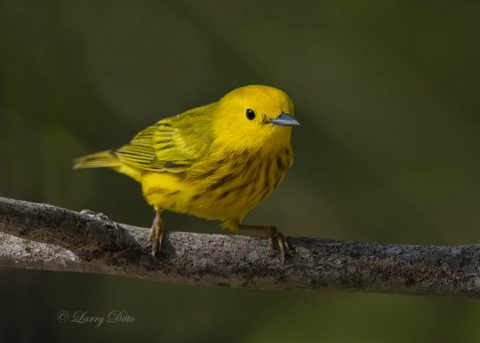
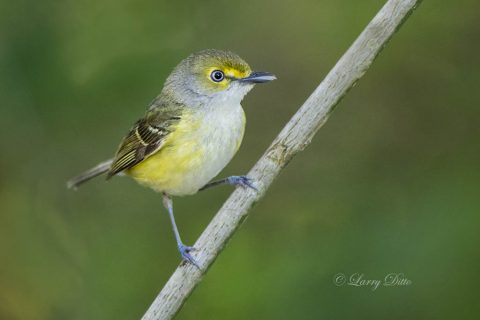
So, this is a small sample of what can be seen and photographed on a good morning. These shots were made with Canon 500 mm and 100-400 mm lenses and Canon 7d Mark II camera.
Larry

